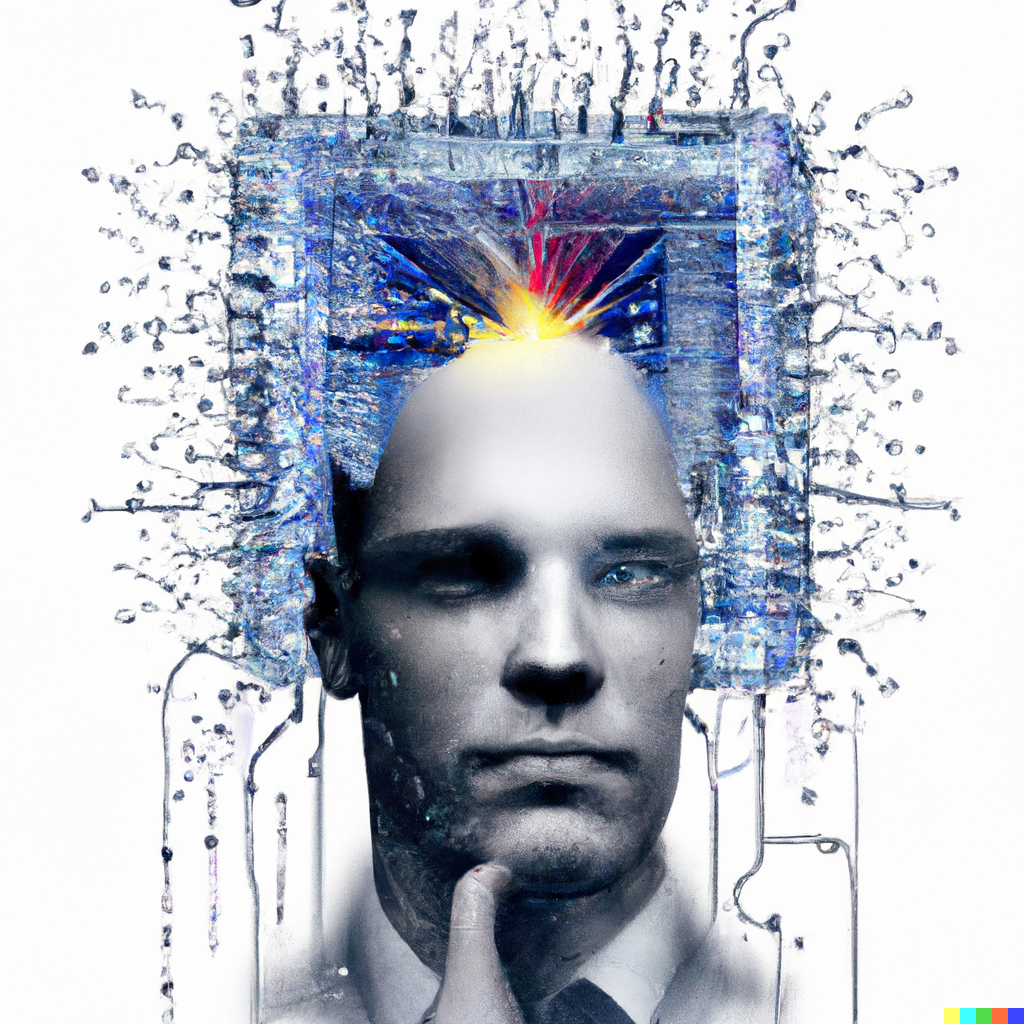July 23 | Machine Learning ML

Machine Learning (ML) is revolutionizing various industries, from healthcare and finance to entertainment and transportation. But what exactly is ML, and how does it work? In this comprehensive guide, we'll delve into the core concepts of machine learning, its applications, and how you can get started in this exciting field.
Machine Learning is a subset of artificial intelligence (AI) that enables systems to learn and make decisions based on data. Instead of being explicitly programmed to perform a task, ML algorithms use statistical techniques to identify patterns in data and improve their performance over time.
Data: The foundation of ML is data. High-quality, relevant data is essential for training accurate models. Data can be structured (like spreadsheets) or unstructured (like images and text).
Algorithms: These are the mathematical procedures that ML models use to learn from data. Common algorithms include linear regression, decision trees, and neural networks.
Model: A model is the output of an ML algorithm applied to data. It represents the patterns and relationships within the data and can be used to make predictions or decisions.
Training: This is the process of feeding data into an ML algorithm to build a model. During training, the algorithm adjusts its parameters to minimize errors and improve accuracy.
Testing: After training, models are tested on new, unseen data to evaluate their performance. This helps ensure that the model generalizes well to real-world scenarios.
Evaluation Metrics: These are used to assess the performance of ML models. Common metrics include accuracy, precision, recall, and F1 score.
Supervised Learning: In supervised learning, the model is trained on labeled data, which means that the input data comes with corresponding output labels. Common tasks include classification (e.g., spam detection) and regression (e.g., house price prediction).
Unsupervised Learning: Here, the model is trained on unlabeled data and must find patterns and relationships within the data. Common tasks include clustering (e.g., customer segmentation) and dimensionality reduction (e.g., principal component analysis).
Semi-Supervised Learning: This approach combines both labeled and unlabeled data for training. It is useful when labeled data is scarce and expensive to obtain.
Reinforcement Learning: In this type, an agent learns to make decisions by interacting with an environment. The agent receives rewards or penalties based on its actions, and its goal is to maximize cumulative rewards (e.g., game playing, robotics).
Problem Definition: Clearly define the problem you want to solve and determine whether ML is the appropriate solution.
Data Collection: Gather relevant data from various sources. Ensure the data is of high quality and representative of the problem space.
Data Preprocessing: Clean and preprocess the data to handle missing values, outliers, and inconsistencies. This step may also include feature engineering, where new features are created from the existing data.
Model Selection: Choose the appropriate ML algorithm(s) based on the problem type and data characteristics.
Training: Train the model on the preprocessed data, adjusting hyperparameters to optimize performance.
Evaluation: Test the model on a separate dataset to assess its performance. Use evaluation metrics relevant to the problem.
Deployment: Deploy the trained model to a production environment where it can make predictions on new data.
Monitoring and Maintenance: Continuously monitor the model's performance and retrain it as necessary to ensure it remains accurate and relevant.
Healthcare: ML is used for disease diagnosis, personalized treatment plans, and drug discovery.
Finance: Applications include fraud detection, credit scoring, and algorithmic trading.
Retail: ML powers recommendation systems, customer segmentation, and demand forecasting.
Transportation: Self-driving cars, route optimization, and predictive maintenance are key applications.
Entertainment: Content recommendation, sentiment analysis, and automated video editing rely on ML.
Learn the Basics: Familiarize yourself with fundamental concepts of ML and statistics. Online courses, books, and tutorials can be helpful.
Programming Skills: Proficiency in programming languages like Python or R is essential. Libraries such as Scikit-Learn, TensorFlow, and PyTorch are widely used in ML.
Hands-On Practice: Work on real-world projects and participate in online competitions (e.g., Kaggle) to gain practical experience.
Stay Updated: ML is a rapidly evolving field. Follow research papers, attend conferences, and join communities to stay informed about the latest developments.
Machine Learning is a powerful tool that is transforming industries and shaping the future. By understanding its core concepts, types, workflow, and applications, you can harness the potential of ML to solve complex problems and drive innovation.
Embark on your ML journey today, and be part of the exciting wave of technological advancements!
Feel free to share your thoughts, questions, or experiences with ML in the comments below!
SHARE THIS:
© Copyright 2026Global Tech AwardsAll Rights Reserved